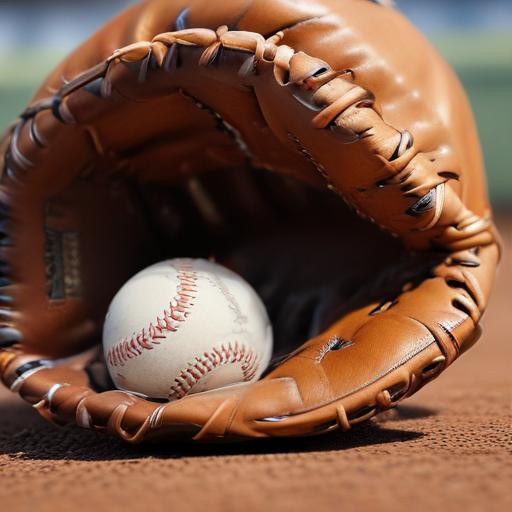Kiké Hernández is back in action for the Dodgers, rejoining the lineup after a stint on the injured list with left elbow inflammation. The veteran utilityman, known for his improvisational approach to the game, was activated on Monday and is penciled into the mix in left field as Los Angeles prepares to face the Cincinnati Reds.
Hernández has long described himself as an infielder who can play the outfield, but he’s worn many hats for the Dodgers. In nine seasons with the club, he has lined up at eight different positions, a testament to his versatility and his willingness to adapt on a moment’s notice. Now in what the team calls his 12th Major League season, the 33-year-old brings a seasoned, multi-positional toolkit to every game.
His career with the Dodgers has been built on more than range and reflexes. His ability to contribute in a variety of ways has kept him in the lineup for years, even when the bat isn’t producing at its peak. He has logged more than 700 infield games and more than 600 in the outfield, with notable stints on the mound this season as a pitcher, adding another dimension to his already eclectic resume. Through July, he had appeared as a pitcher in five games and has since reached double-digit pitching appearances for his career.
Hernández’s glove work and durability are the anchors of his value. A routine that spans both infield and outfield drills precedes every game, and his locker is a small museum of positions: one glove dedicated to the outfield, another to third base, a third to middle infield, with the rest serving as mementos or practice aids. His willingness to learn every day and “play multiple positions” is what Dodgers coach Dino Ebel highlights as the core of his identity as a player.
This season has included some lighter moments that still carried strategic weight. Hernández’s relief appearances helped ease a bullpen workload that ran heavy into the All-Star break, and he’s even embraced the role of pitcher with a unique twist—relying on slower speeds and movement to keep hitters off balance. A helmeted cameo in spring training turned into a broader on-field joke that became part of the clubhouse culture, and the bullpen-saving inning against the Yankees in a late-May blowout showcased why his versatility matters in real-time.
Hernández’s impact isn’t measured only in sheer versatility. He’s had standout defensive moments such as a crucial baserunning and fielding play early in the season when the Dodgers opened in Tokyo. With Freddie Freeman sidelined briefly, Hernández stepped in at first base for 13 games, delivering a reminder of his capability to fill a need with little notice. In one memorable play on April 9, as Los Angeles held a narrow lead, Hernández dove to trap a grounder and fired from his knees to retire a runner at second base, a play that impressed manager Dave Roberts and reinforced the belief that Hernández could be a Gold Glove-caliber defender at multiple positions.
The dream of winning a Gold Glove has long driven Hernández. He remains acutely aware that his defense is what has kept him in the big leagues when the bat isn’t always delivering. He has spoken about the pride of helping others reach the same milestones, including mentoring peers like Mauricio Dubón, who went on to win the utility Gold Glove in the American League.
Hernández’s origin story—growing up in Puerto Rico, learning the game with a family that encouraged constant improvement—shaped a career built on adaptability. His wide-ranging experiences, from first base in Tokyo to the infield-to-outfield transitions and even a stint on the mound, illustrate a player who treats every game as an opportunity to prove that utility players can be dynamic, impactful contributors rather than niche role players.
Bottom line: Hernández’s return adds a veteran spark and a flexible option for the Dodgers’ roster. His broad skill set gives manager Dave Roberts a responsive tool to address matchups, injuries, and fatigue while keeping regulars fresh. For fans, it’s a reminder that a player who can impact a game with a glove, a bat, or a well-placed mound appearance is a rare asset—one that can help the Dodgers navigate a long season with optimism.
What to watch going forward
– Hernández’s positioning against left-handed vs. right-handed hitters, and how the Dodgers deploy his defensive versatility in late-inning scenarios.
– His continued involvement as a pitcher, and whether that unique skill set becomes a more regular path for him when the bullpen needs relief.
– His ongoing chemistry with infield and outfield coaches, which will influence how often he appears in different spots on the field.
– The durability story—how his back-from-injury return translates into steady defensive and occasional offensive contributions as the season progresses.
If you’re looking for a top-line takeaway, it’s this: the Dodgers’ roster flexibility has a proven, old-school face in Hernández. His ability to adapt to whatever the game demands not only extends his own career but also helps the team navigate the inevitable ebbs and flows of a long season with a positive, proactive approach.
